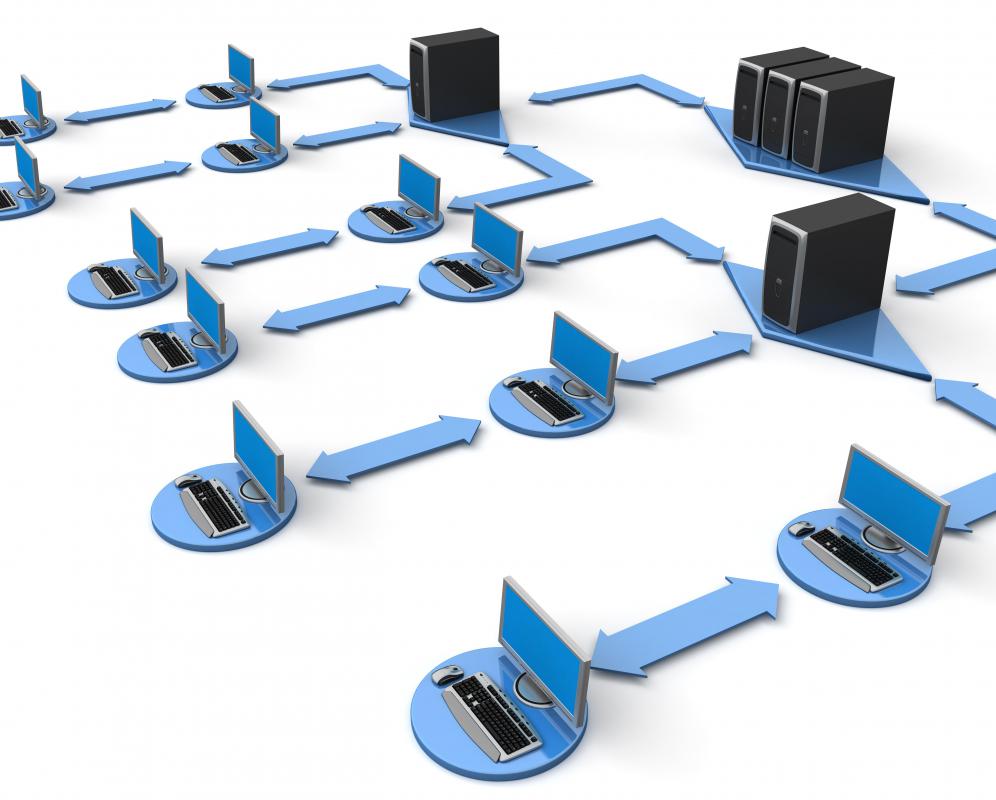At WiseGEEK, we're committed to delivering accurate, trustworthy information. Our expert-authored content is rigorously fact-checked and sourced from credible authorities. Discover how we uphold the highest standards in providing you with reliable knowledge.
What is Multiprotocol Label Switching?
Multiprotocol label switching is a method used to transmit information over a network. Unlike most transfer protocols, multiprotocol label switching works over any network, or series of networks, regardless of the hardware or protocols involved. Using this method, data is given a label that designates the type of forwarding it will receive. When the data arrives at a transfer point, it is categorized based entirely on its label rather than destination or content.
Data moves over networks in small pieces called packets. These packets contain the data being sent, the address where the information is going and the address where it originated. In addition, these packets may have several other pieces of information depending on the protocols used.

When a system uses multiprotocol label switching, one of these other pieces of information is the designation label for the packet. This label categorizes the information based on content and importance. In addition, the label can designate a specific transfer method, essentially creating a solid line between the start and end points of the information.
Most of the time, a network will read some of the included information in the packet and prioritize based on which packets are moving at the time. The label on the packet allows the network to simply trust the label and send the information accordingly. This speeds up transmission and makes sure important information goes first.
When using data networks that don’t use packets, such as a synchronous transfer mode, the information may still be labeled and transferred. The label contains the important information for the transferal, and the network will send it on in whatever form it needs to go in. This process is very uncommon and makes multiprotocol label switching a preferred method in many cases.
In order to perform multiprotocol label switching, the hardware used needs to support the process. While many high-end network systems do have this protocol available, low- to mid-end systems are less likely to use it. When a labeled bit of information hits a piece of hardware that doesn’t support the protocol, several things could happen. The hardware may drop the information and send it off as it sees fit with the label intact or send it off stripped of the label.
Since the label is the center of this process, most systems plan out the transmission of the information before it goes. By only selecting known systems using multiprotocol label switching, it is possible to ensure that the data is handled properly. While this process is generally handled by the system, it is possible for a user to manually route information using this method.
AS FEATURED ON:
AS FEATURED ON:











Discuss this Article
Post your comments